Jake’s Jams: Pink Moon
Every other Thursday check out Jake’s Jams to see an album from any era, genre, or artist recommended by Jake Standerfer
The contemporary folk artist Nick Drake consistently dreamed of success and fame. He prematurely ended his college career in dedication to his art and released two commercial albums (Five Leaves Left and Bryter Layter), employing the use of string instruments, drums, pianos and horns, accompanied by his own vocals and guitar. Drake built himself up to expect great success, and both albums were met with extremely low sales. He was left poor, abandoned by his main producer, and cripplingly depressed. He refused to make public appearances, walked off of stage in the middle of concerts, and fell into continuous drug use.
After a period of seclusion, Drake decided to record another project. During the after hours of a studio and with the help of a sound engineer, Drake solely completed the album in two late night sessions, piecing together his final release. Pink Moon was created. Two years after the release, in 1974, he was found dead from an apparent suicide.
Pink Moon stands as one of the most minimalistic folk releases to this date. Drake removed his orchestral style, undermined all elements of jazz and pop in his music, and shot straight for the core of simplicity. Besides one uninvolved piano feature, the album consists entirely of two sonic components: Drake’s meandering guitar melodies and darkly poetic vocals. However, much more resides beneath the surface level of sound that Pink Moon provides.
The primal success of the album relies on its absolute trueness. Drake utterly exposes his gloomy view on life with striking honesty. With a stripped down style, the listener is able to observe with clarity the state of the artist’s mind. The lyrical content unfolds imaginative metaphors involving the pink moon itself, a representation of an inevitable negativity and suffering, and the discussion within the album portrays Drake’s descent into depression, with cycling hypnotic stanzas such as this excerpt from “Place to Be”:
“When I was young, younger than before
I never saw the truth hanging from the door
And now I’m older—see it face to face
And now I’m older—gotta get up clean the place”
Drake almost understates himself with his singing. His words slur and cut together not elegantly, but fluently, perfecting an atmosphere of up-close melancholy. Not necessarily a talented singer in technical terms, Drake’s triumph comes in the unique quirkiness and the continuous compilation of his voice. Songs such as “Which Will” repeatedly blend the same phrases with slight disparities to mesh together a homely continuity. “Free Ride” also takes on a haunting form with the use of Drake’s uncanny cadence.
His guitar playing utilizes minimal flaunt, striking, familiar, and overall simple chords, with the principal purpose being to present the voice of Drake. The sound often take on a rambling form, such as in “Road”, bouncing and painting a picture of lost saunter. “Know” presents the most experimental melody, straying slightly from the album’s sober style and creating a funky sort of sound. Yet, the song stays constant in terms of style, contributing yet to the album’s sameness.
Pink Moon offers one of the most raw, uninterrupted and unpretentious glaces at human life through the eyes of an idiosyncratic artist amplified by a sound comparable to a magnifying glass. Drake’s range bounds unlimited by emotionally constraining complex composition, and tickles with the dark softness of simplicity. Out of suffering, beauty is born.

Jake Standerfer is joining the Central Trend for his third year on the staff as an Editor in Chief. He was one of the first people to join the staff after...














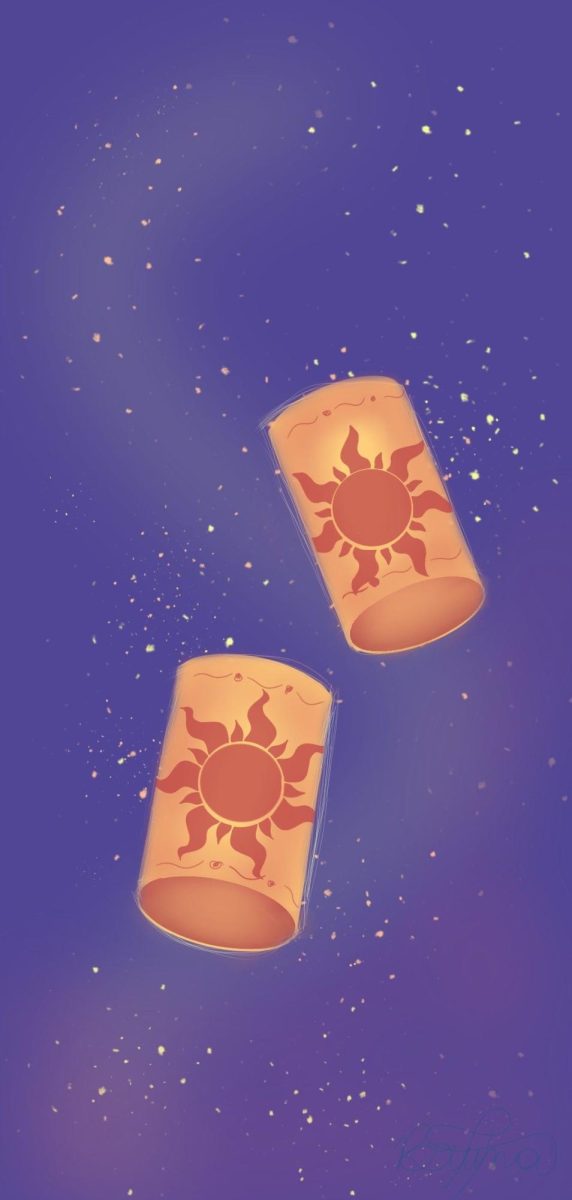
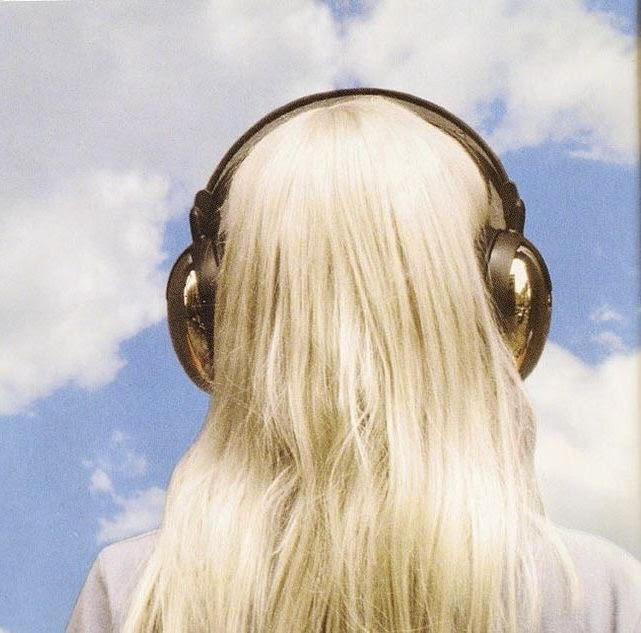



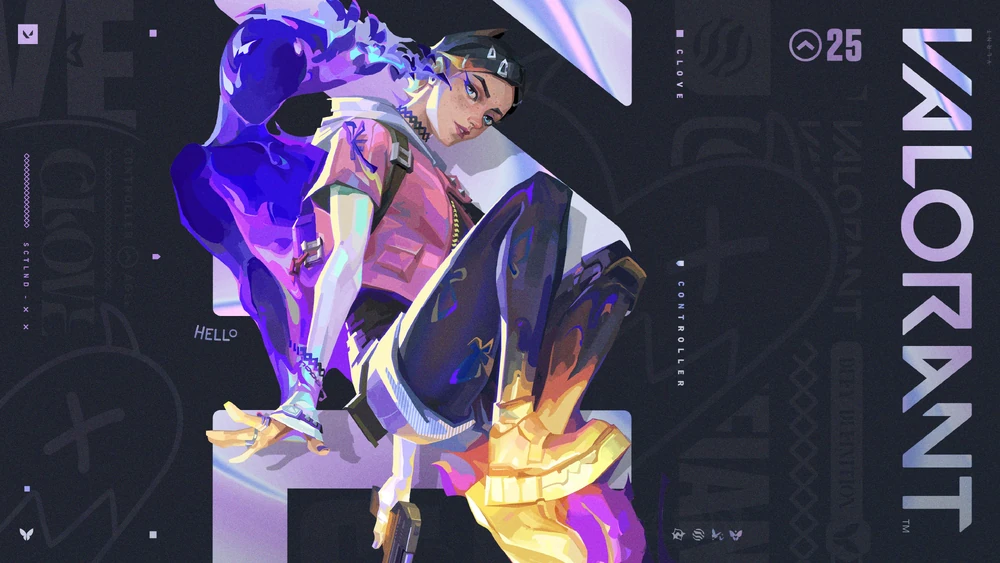




































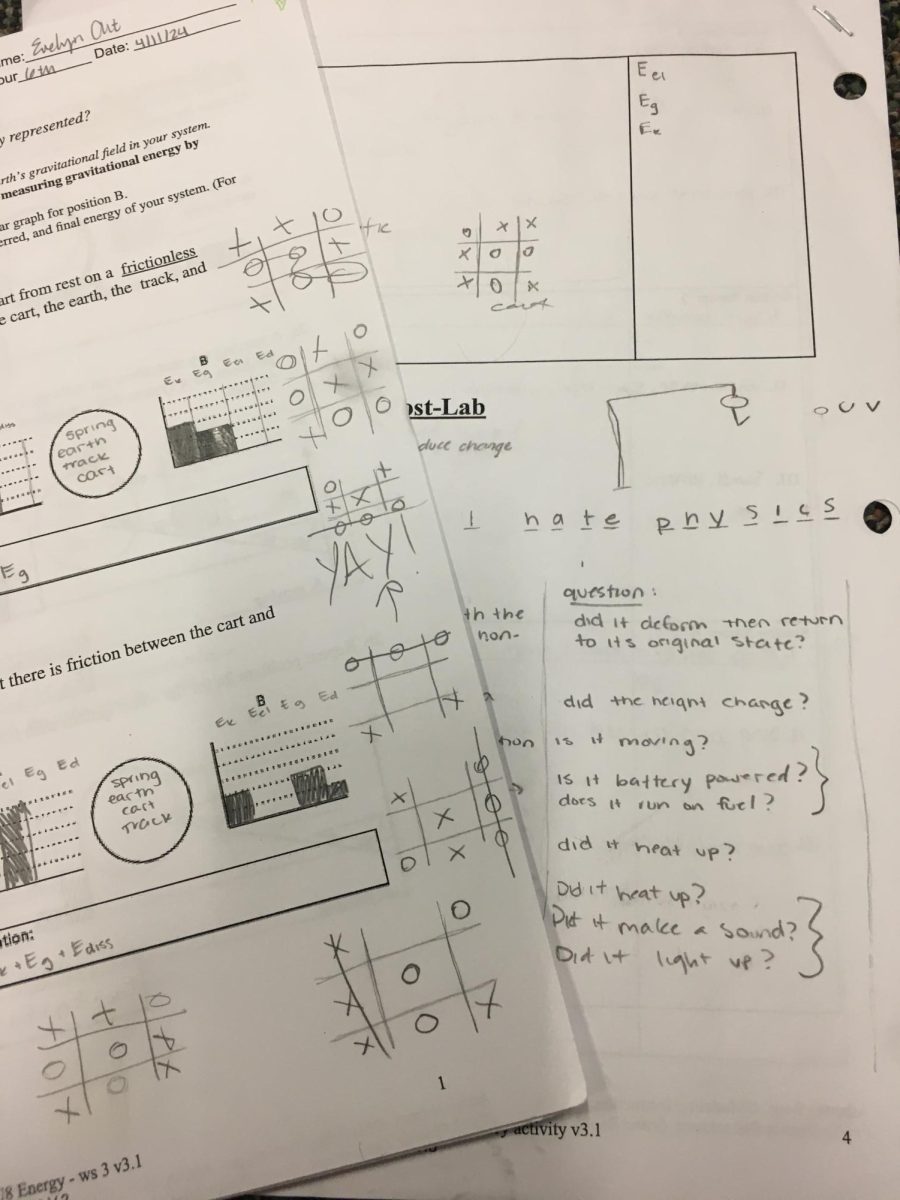


















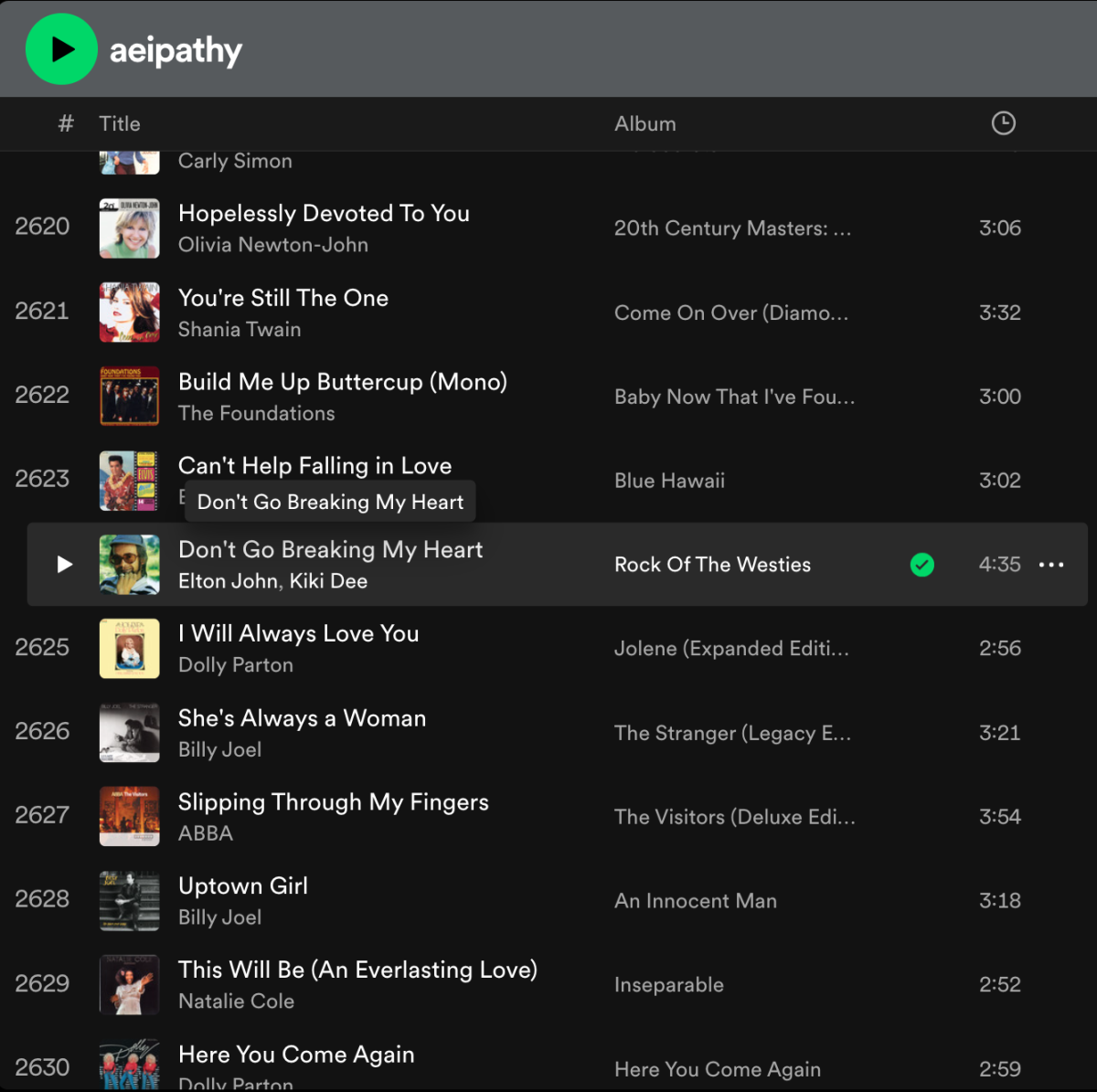





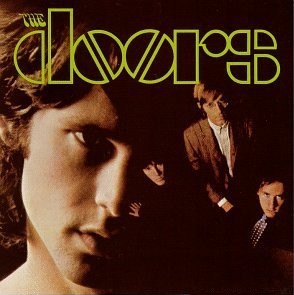
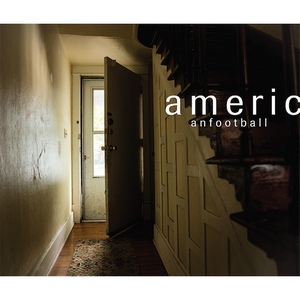
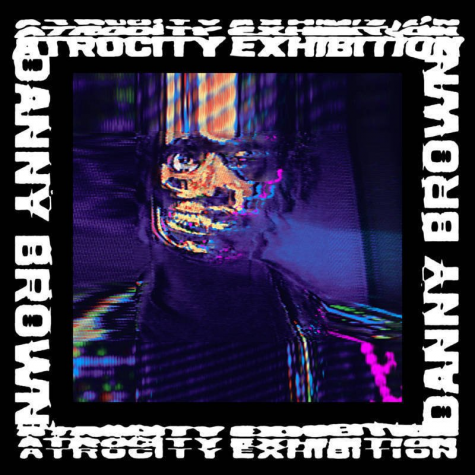
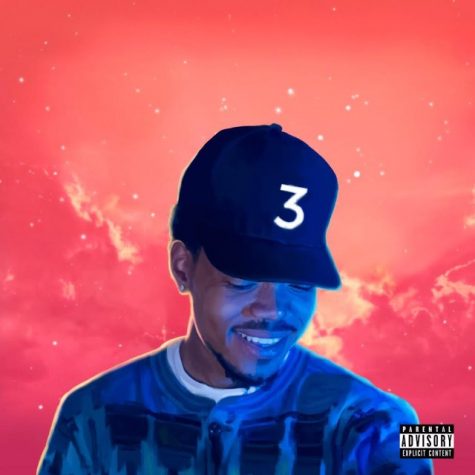
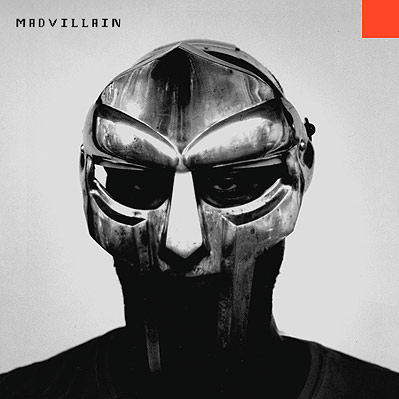
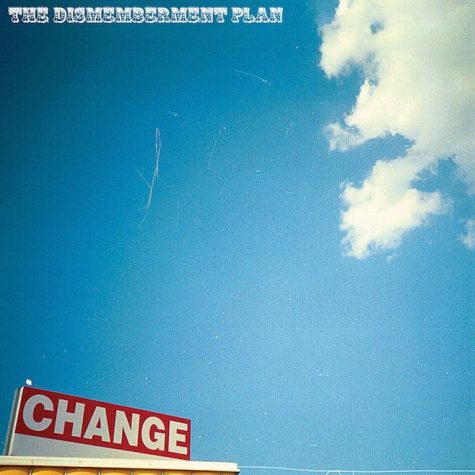
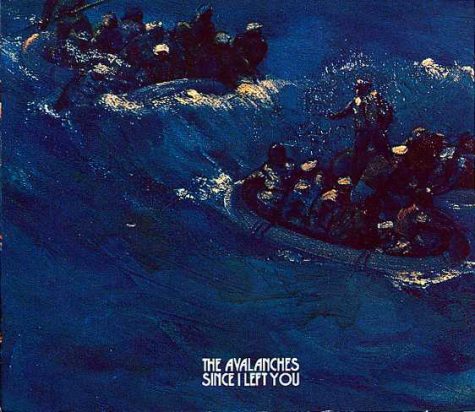

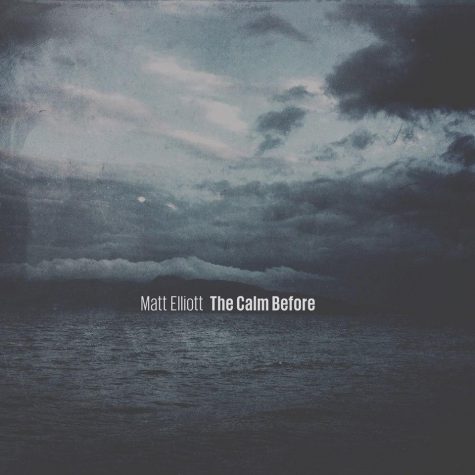
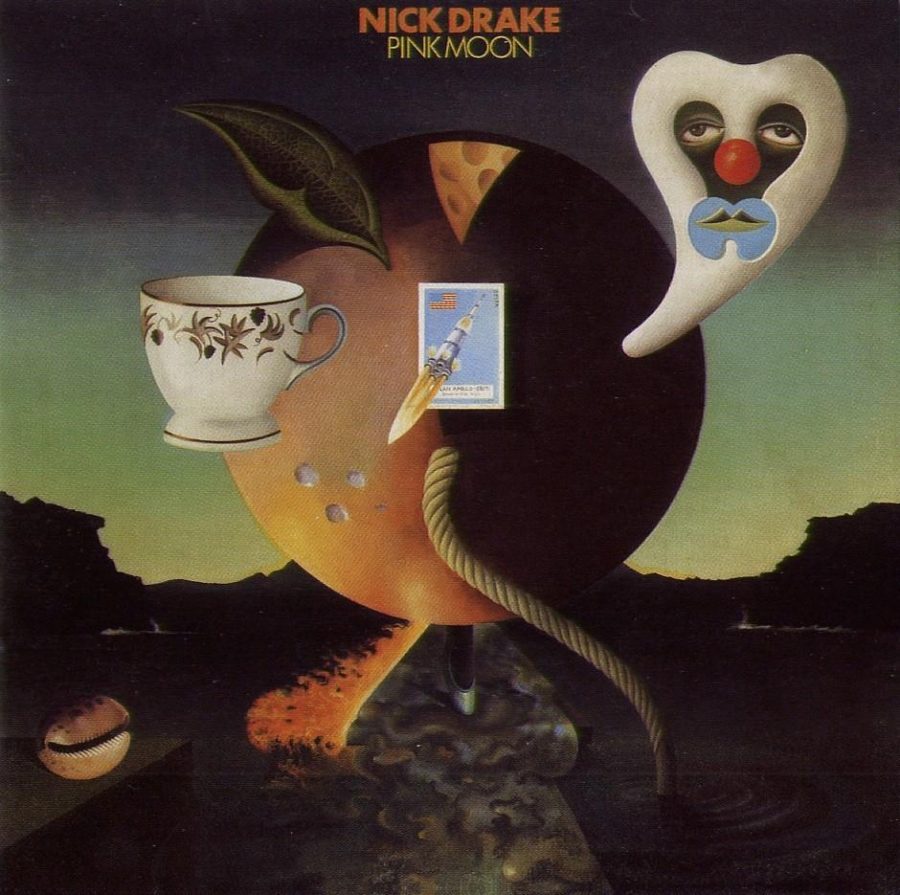
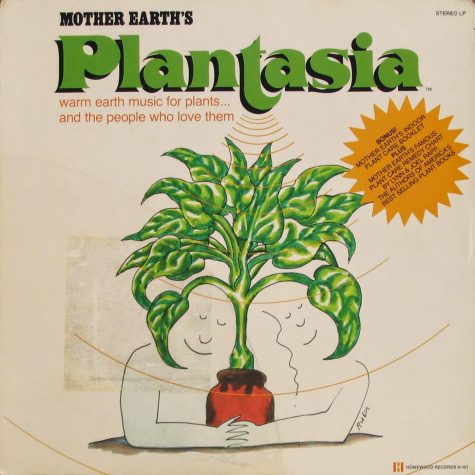
Hannah Terwin • Oct 23, 2015 at 12:39 am
From a TFE A&E section alum, I’m really impressed with this review! Excellent word choice & overall a great piece to read. Keep up the good work.